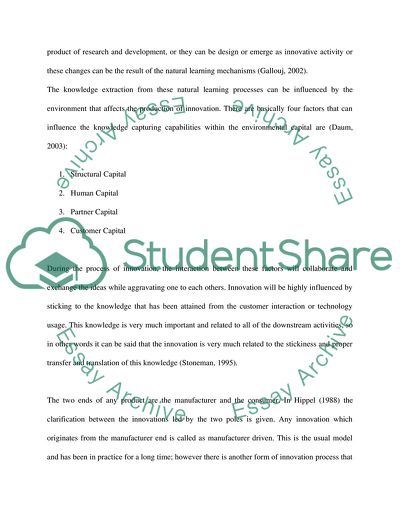Cite this document
(Innovation Activity on Mobile Communication Sector Case Study, n.d.)
Innovation Activity on Mobile Communication Sector Case Study. Retrieved from https://studentshare.org/technology/1737025-mobile-communications-industry
Innovation Activity on Mobile Communication Sector Case Study. Retrieved from https://studentshare.org/technology/1737025-mobile-communications-industry
(Innovation Activity on Mobile Communication Sector Case Study)
Innovation Activity on Mobile Communication Sector Case Study. https://studentshare.org/technology/1737025-mobile-communications-industry.
Innovation Activity on Mobile Communication Sector Case Study. https://studentshare.org/technology/1737025-mobile-communications-industry.
“Innovation Activity on Mobile Communication Sector Case Study”, n.d. https://studentshare.org/technology/1737025-mobile-communications-industry.


